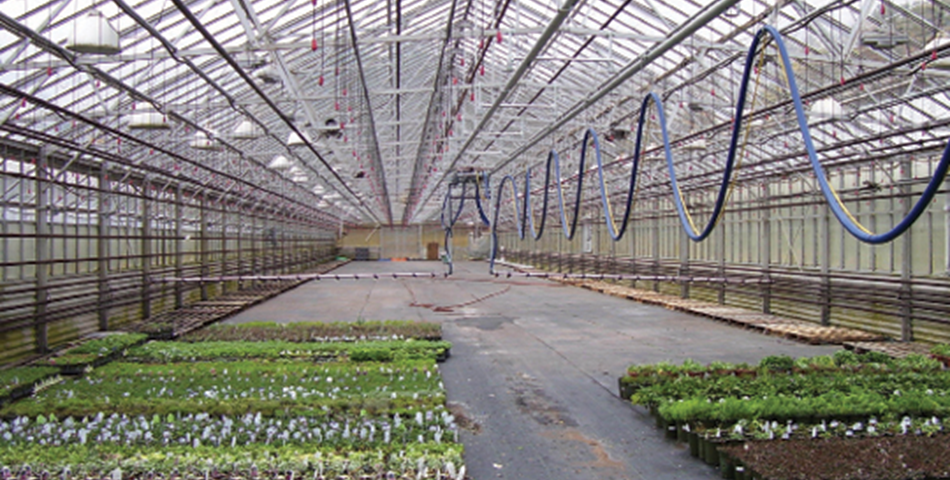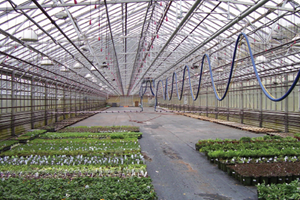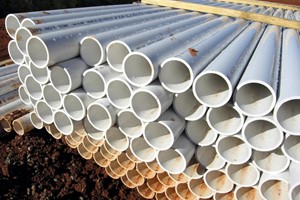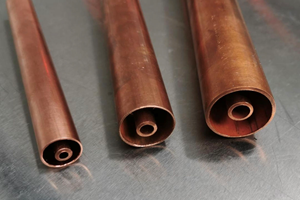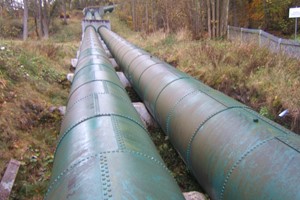Suspended solids need to be removed from within irrigation water to prevent clogging piping, valves, nozzles, and emitters. These small particles may come from many sources. Surface and recirculated water may contain sand, soil, leaves, organic matter, algae and weeds. Ground water, although usually clean, may contain fine particles of sand or suspended iron.
Filter Selection
Before choosing a filter, it is essential to conduct a water analysis to identify the nature and quantity of solids present. It's crucial to account for seasonal variations such as algae growth or spring runoff, as these factors can impact the filtration load. Additionally, chemicals and minerals in the water can lead to clogging issues, which might necessitate chemical treatment methods.
Next, determine the required flow rate to supply the irrigation system, considering the maximum water usage and potential future expansions. Filters are available in capacities ranging from 10 to over 1000 gallons per minute.
The filtration level needs to be carefully chosen (refer to Table 1). For an impact sprinkler system, a 30-mesh screen filter might suffice to remove leaves and debris. However, if the system being supplied is a micro-irrigation system, a 200-mesh disk filter could be necessary.
It's crucial to keep the pressure loss caused by the filter to a minimum. The pressure loss is influenced by the size of the filter opening and the water flow. If the pressure loss is excessive, opt for the next larger filter size to ensure optimal performance.
Screen Filters
These filtration options come in various sizes and shapes. Intake screens can be placed at the suction end of a pipe drawing water from a pond or stream to eliminate leaves or algae. There are self-cleaning intake screens equipped with internal high-pressure nozzles that clean the screen surface as they rotate.
In-line screen filters serve as a final filtration method for relatively clean water. They are cost-effective and available for a wide range of flow rates. Water passes through one or two cylindrical screen elements, where suspended particles accumulate on the outer surface. Most common models can be manually disassembled for cleaning. There are also models cleaned by activating brushes that wipe the screen, and some feature automatic hydraulic flushing to remove debris. Monitoring the pressure difference between the inlet and outlet indicates when the screen needs cleaning.
Sieve bend screens are installed as the initial stage to remove larger solids from the return water of ebb and flow and hydroponic systems. Another innovation for this purpose is the moving belt screen.
Disk filters
The filtering component of a disk filter consists of numerous flat, grooved rings tightly stacked together. The level of filtration is dictated by the quantity and dimensions of these grooves. In this system, the intake water envelops the filter element and is compelled through the grooves, capturing the particles.
Cleaning is achieved by reversing the flow of water. This action expands the stack of disks, and a high-pressure water-air spray rotates the disks, dislodging the debris, which is then drained away.
Disk filters are most effective for water sources with minimal solid content. They exhibit low head loss and require only a small volume of water for the backflushing process.
Media Filters
Media filters excel at eliminating organic substances like algae and slime, as well as fine inorganic materials such as silt and clay. These filters are housed within steel or plastic tanks containing sand, quartz, or other inert materials tailored to the desired filtration level. Contaminated water flows through this bed, leaving the solids behind. When the pressure loss reaches a specific point, the backflushing process starts. During backflushing, clean water is pushed upward, causing a turbulent expansion of the media. This action dislodges trapped contaminants, which are then drained away separately.
Centrifugal separators, on the other hand, are effective in removing sand and other heavy matter from well water. They function by introducing inlet water into a spinning motion within a steel cone. Through centrifugal force, heavier particles as small as 200 mesh are pushed to the outer edges and descend into a collection chamber at the base.
Centrifugal separators are affordable, create minimal pressure loss, and boast high efficiency. They lack moving parts and can be arranged in parallel configurations to enhance their capacity. Ensuring a supply of clean water is vital for the efficient operation of irrigation systems, and the diverse range of filtration equipment available today caters to the various needs of the greenhouse industry.
By John W. Bartok Jr.
Dive deeper into the subject matter – click here to learn more!




